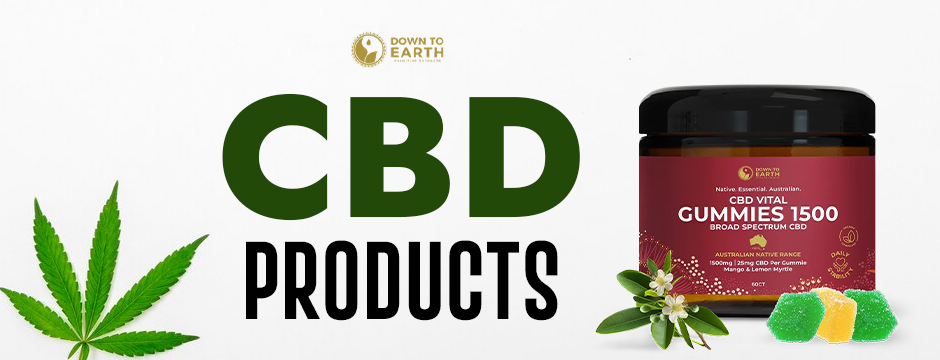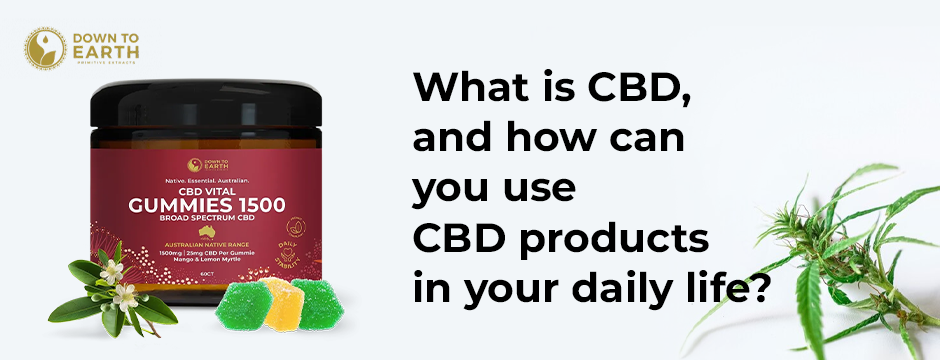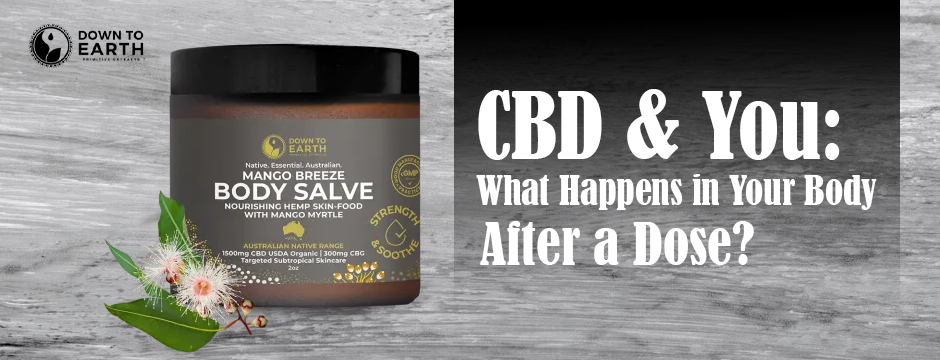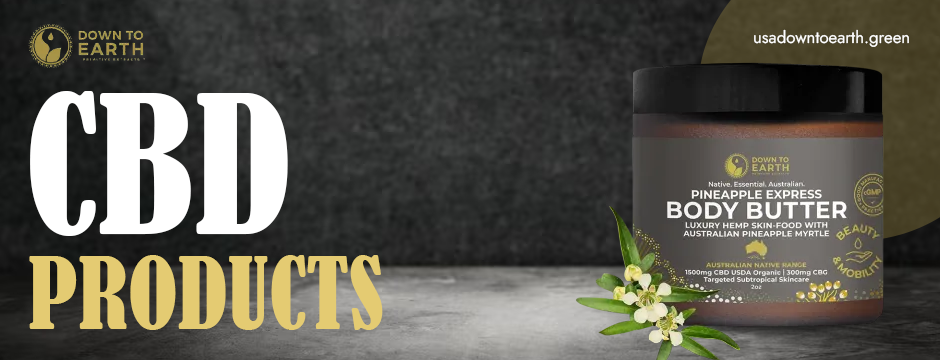What is CBD, and how can you use CBD products in your daily life?
Cannabidiol (CBD) is a lesser-known term till now. But for those who are seeking natural ways to improve their lives, CBD would be a well-known term for them indeed. From 2023, people in the USA have started showing interest in CBD products for chronic pain management and anxiety. But the benefits of CBD may still be confusing. Boasting a number of aspects of wellness like supporting joint functions, promoting tranquility, and supporting complete sleep, these products can help one to maintain a relaxed mood as well.
Here in this article, we will have a brief discussion on the concept of CBD and how we can use CBD in our daily life.
What is CBD?
Now let’s have a look at the core concept of CBD. What is CBD? It is one of the predominant compounds derived from the cannabis plant. This includes two main types—Hemp and Marijuana. Marijuana is filled with tetrahydrocannabinol (THC) which is known for its psychoactive effects. On the other hand, hemp has a very low level of THC but is abundant in CBD. Unlike THC, CBD does not make you high, but it interacts with receptors in the body’s endocannabinoid system, promoting balance and homeostasis.
What Does CBD Exactly Do?
What Does CBD Exactly Do? While we have a great understanding, there is so much more to discover. The plant in itself has a kaleidoscope of potential health possibilities and we have only scratched the surface in the last few decades.
We can say CBD products can block or open the cannabinoid receptors, which are known as CB1 and CB2. These receptors, being a part of endocannabinoid systems, can control a number of processes like sleep, appetite, and mood.
By interacting with specific serotonin and opioid receptors, CBD can also decrease the level of blood and cholesterol levels.
It might also impact the gamma activity of peroxisome proliferator-activated receptors. This activity has an impact on intracellular calcium release, which is in charge of things like cell development, hormone secretion, and muscle contraction.
How Can We Use CBD in Our Daily Life?
In various ways, one can use CBD products in daily life. Here in this section we will talk about some common methods of how to experience the benefits of CBD.
-
CBD in Food and Beverages:
One of the easiest ways to include CBD in your daily life is by adding it to food and drinks. CBD tinctures can be mixed into meals, snacks, and beverages. Since CBD binds well with fats, adding it to recipes that contain healthy fats increases its absorption. For instance, you can prepare chia seed pudding with cinnamon and CBD or add a few drops to a lavender chai latte with almond milk. If you enjoy snacks, CBD-infused guacamole or coconut bliss balls are tasty and effective ways to consume CBD.
-
CBD Oil and Capsules:
For those seeking precise and consistent dosing, CBD oil is a convenient option. It can be taken directly under the tongue using a dropper or in the form of easy-to-swallow capsules. This method ensures fast absorption and avoids extra calories from CBD-infused food products.
-
CBD Soft Chews and Drinks:
If you’re always on the go, CBD soft chews are a discreet and flavorful option. Available in fruity flavors like peach mango and blue raspberry, they make CBD consumption easy and enjoyable. For a refreshing twist, you can try CBD-infused canned beverages, which are perfect for a quick boost during a busy day.
-
CBD Tea for Relaxation:
Unwinding with CBD-infused tea is an excellent way to de-stress in the evening. Tea varieties infused with chamomile or mint not only promote relaxation but also enhance sleep quality.
By incorporating CBD into your daily routine through food, oil, soft chews, tea, or topicals, you can enjoy its potential wellness benefits with ease.

Getting Positive Results from CBD
Just like your diet and exercise, if you can incorporate CBD in your daily routine, it can help you to live a happy life full of vitality.. By maintaining the consistency, if you can take regular and small doses, CBD can give you long-term benefits in a practical way. Therefore, in this case, you have to build up a routine first.
If we take a look at the other benefits of CBD, we can get remarkable examples.
According to a study in 2015, researchers reached a decision that CBD oils can help in reducing arthritic pain.
On the other hand, research in 2014 proved that CBD cream can be used as an anti-inflammatory.
Most importantly, the American Cancer Society has justified the probability of CBD’s ability to manage the side effects of cancer treatment. But the amount of research is very little indeed. To fully comprehend the potential advantages of taking CBD as a supplemental treatment for mental and physical health issues, more research is required.
Final Thought
Incorporating CBD into your daily routine can enhance your overall well-being by promoting relaxation, improving sleep quality, and supporting joint health. From CBD-infused food and beverages to convenient oils, capsules, and soothing topicals, the options are versatile and easy to integrate into your lifestyle. For those looking for premium-quality CBD products, Down To Earth offers a trusted selection. Whether you’re seeking relief from stress, better sleep, or simply want to maintain a balanced mood, start using CBD and feel the change.


